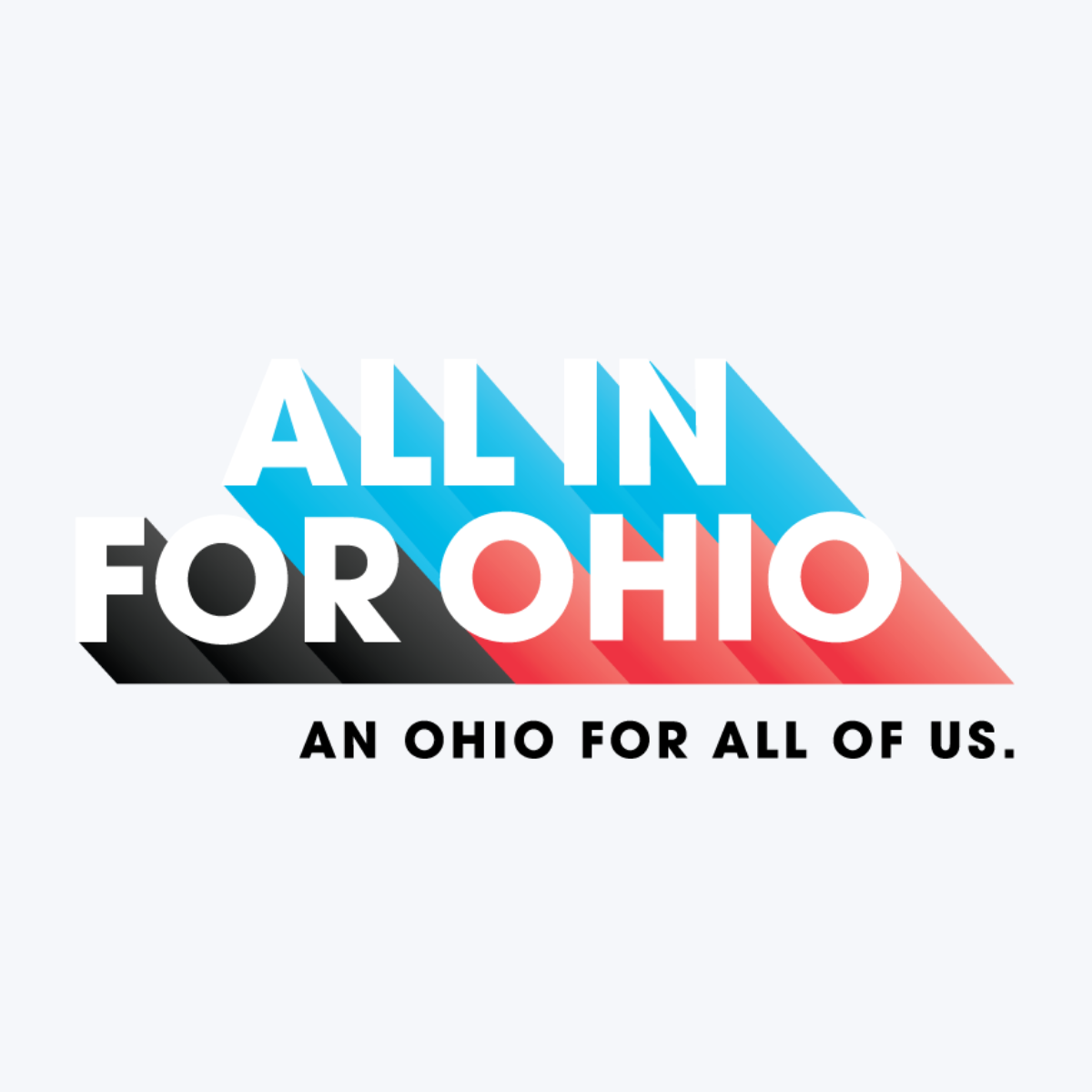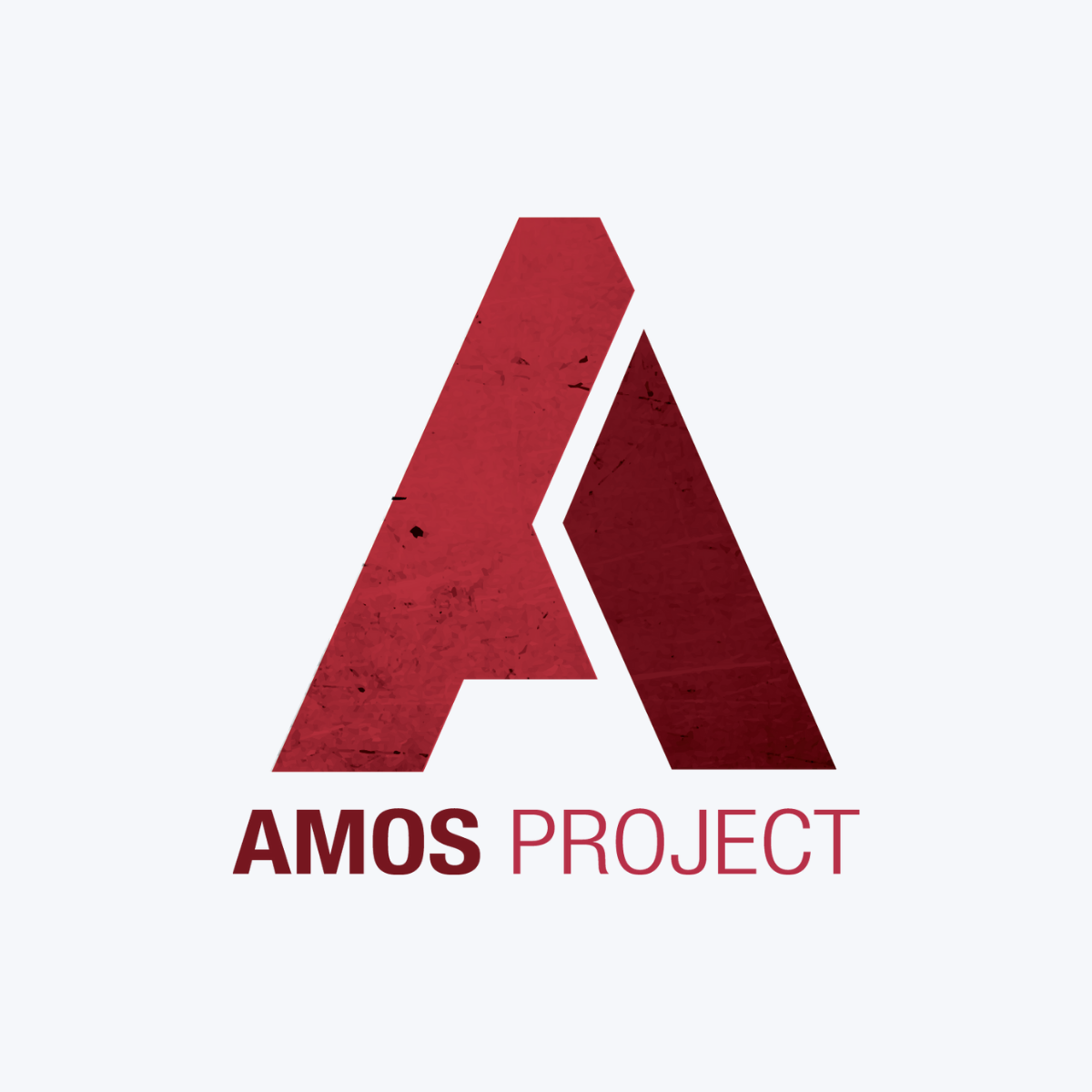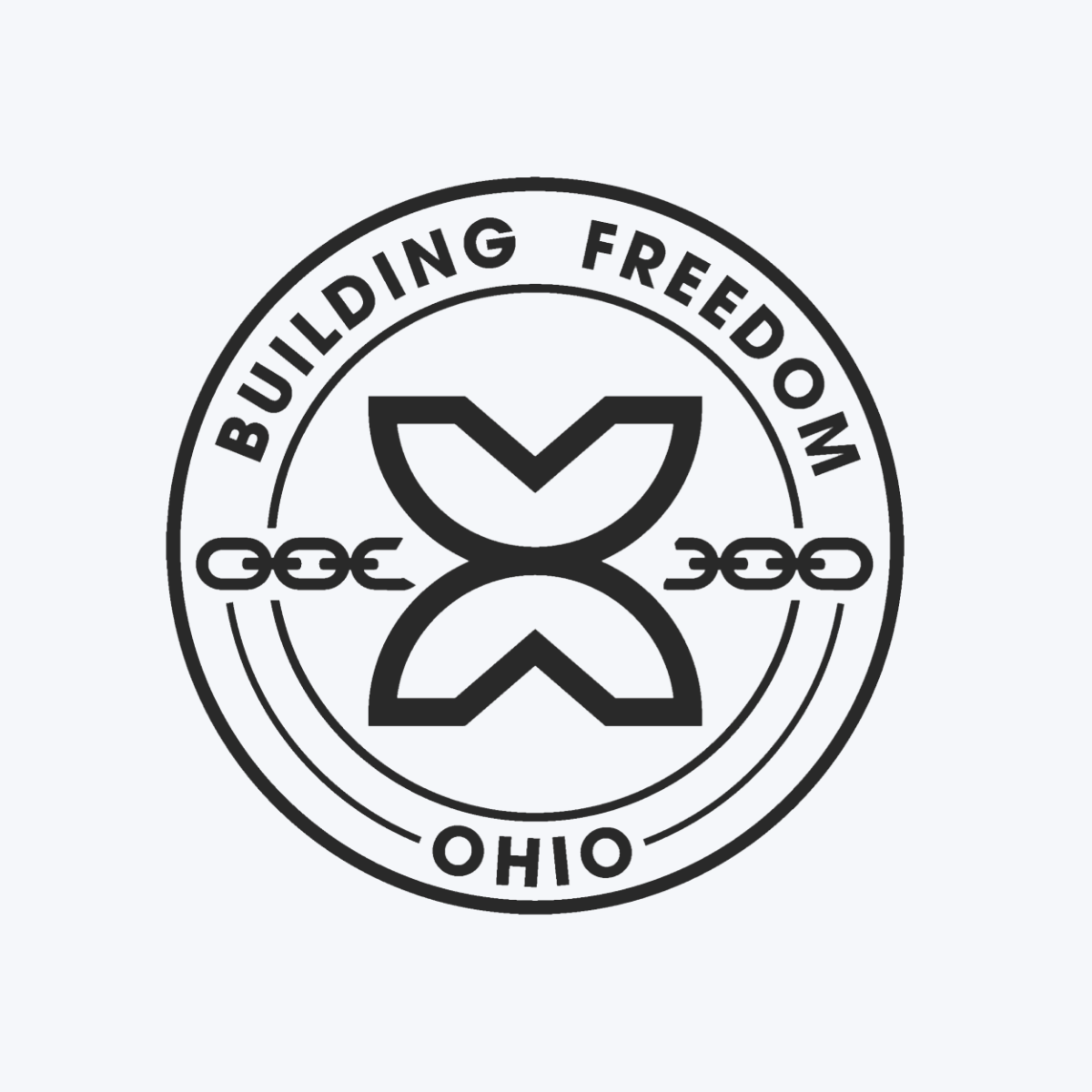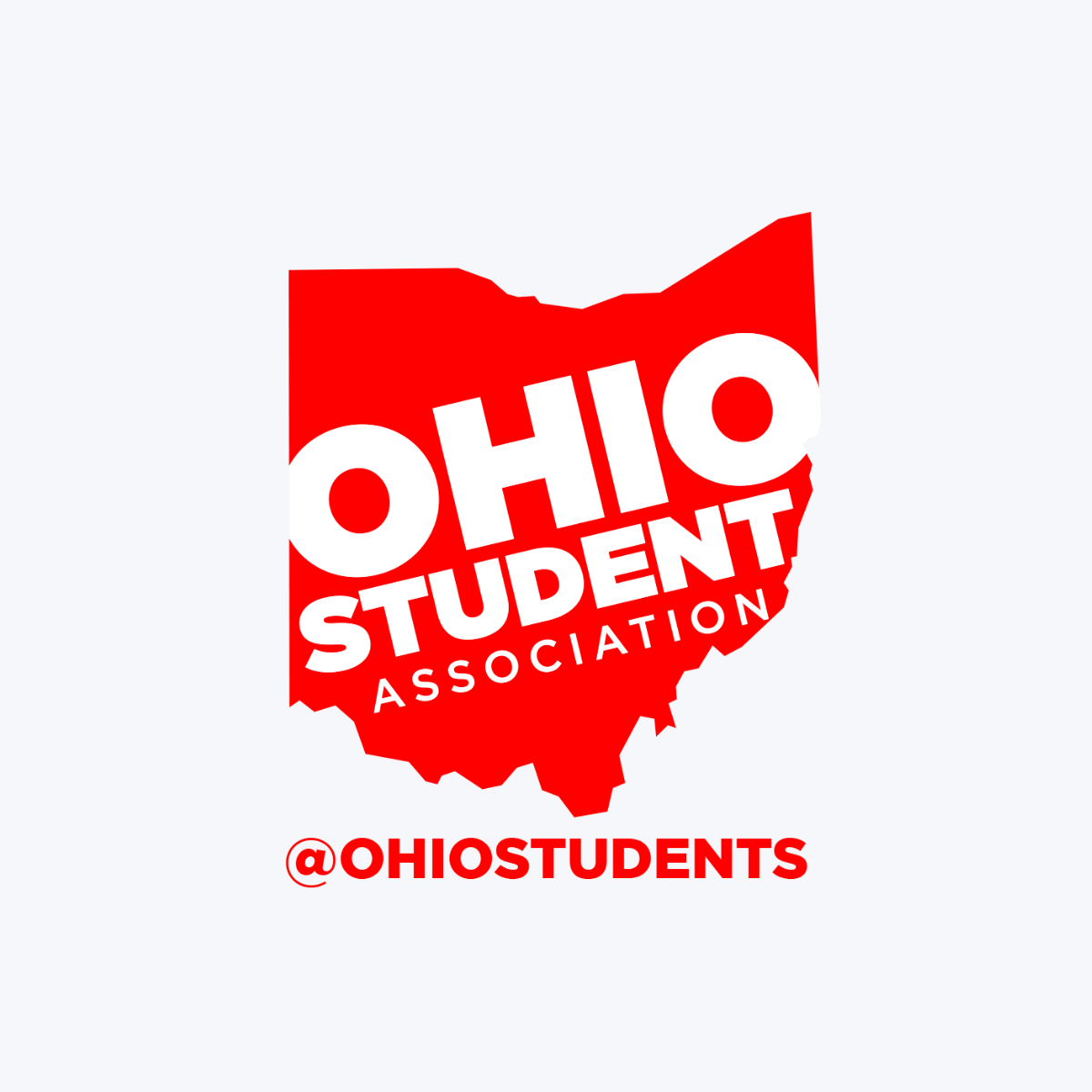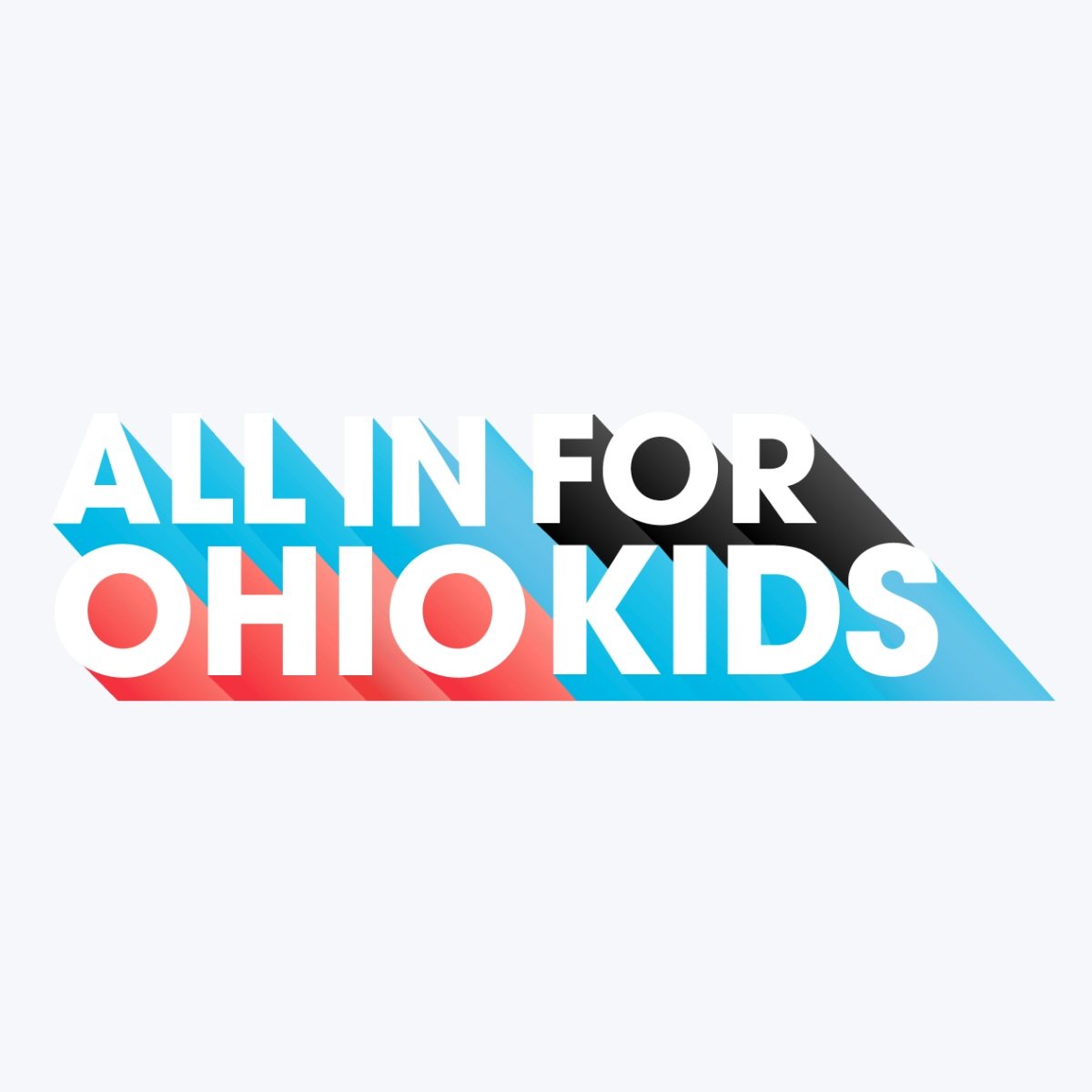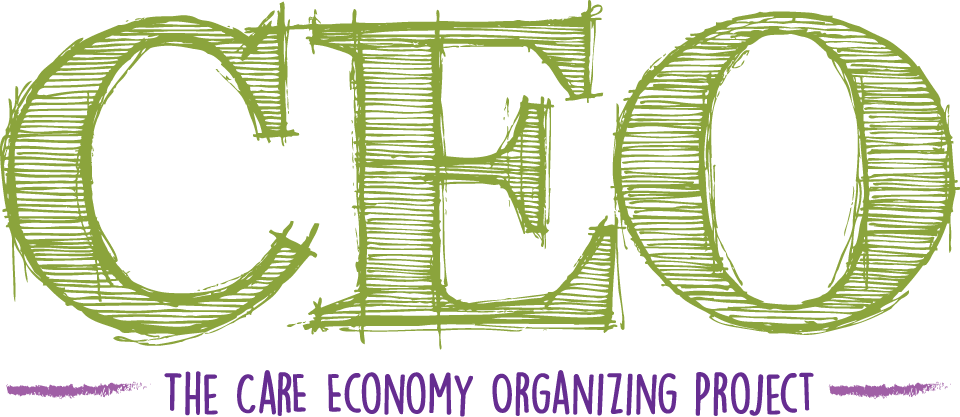Columbus
The story of Columbus is a modern tale of two cities. Business and political leaders proudly point to good jobs, low cost of living, a thriving arts scene, a socially progressive community, and the “revitalization” of neighborhoods near downtown now flush with young professionals. However, Columbus sits at the center of the opiate and human trafficking crisis. One in three children live in poverty. It has some of the highest rates of homicide and police killings of black people per capita in the country. Of the 50 largest cities in the US, Columbus ranks in the bottom five for social mobility.
Our organizing ensures that low-income communities and communities of color that are hit hardest by lack of opportunity and investment are at the center of crafting the solutions. We have focused our efforts in Linden, a predominantly Black neighborhood where the majority of police involved shootings have taken place.
In June 2016, plainclothes Columbus police officers killed 23-year-old Henry Green as part of the Community Safety Initiative, a tough-on-crime police strategy that doubles down on low-income communities and communities of color during the summer when crime rates go up. The OOC launched a community reinvestment campaign to move resources out of aggressive policing programs and into proven initiatives that keep communities safe: youth engagement and employment, drug treatment, trauma recovery services, restorative justice, and community-based conflict intervention. As a result, the Mayor of Columbus ended the Community Safety Initiative and invested in a comprehensive safety strategy, incorporating many of our priorities. We continue to ensure that these programs are implemented with fidelity and that directly-impacted voices are at the table.
Additionally, we construct new models of holistic organizing that include healing, transformational leadership development, and political education. While we fight back against state violence and police brutality, we accompany the families of the victims through working with their legal teams, mental health providers, churches, the surviving siblings’ schools, healers, and other social service agencies. Through taking an integrated approach to building communities of care and conviction, we support directly impacted youth and families to lead.

